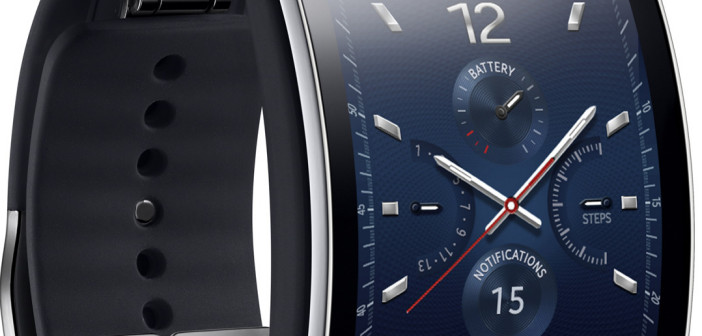By Nick Black, co-founder and director of Apadmi
For many, the first round of wearables that hit the market came up a bit short. High prices and low quality devices which lacked accuracy were fundamental reasons for the new technology not sticking around too long.
It is perhaps no wonder then that in 2014 Endeavour Partners reported that around a third of US consumers were abandoning their devices after just six months, and these figures cannot just be attributed to consumers in that part of the world as CCS Insight found that the story was the exact same in the UK too; in a survey of more than 1,500 smartwatch and fitness tracker users, 40% of respondents had stopped using their devices because they had got bored of them, or had simply forgot to put them on.
Cold shoulder for wearables
So what is the reason behind this frosty reception when it comes to wearable technology?
The problem perhaps lies in the fact that many devices verge on faddy in the fact that they do not offer anything that a smartphone cannot. For many consumers, the amount of faff required to charge, update and connect a wearable device is just not worth the hassle.
Companies have found that creating a wearable device that has longevity in use is a very tall order. In order for the new technology to be desirable, moving forward manufacturers are having to think long and hard as to how to create genuinely useful devices for their customers.
The demise of the first wave of mostly impractical wearables has made room in the market for some legitimately useful new pieces of technology. Spearheading this new-wave of innovative new devices are companies such as Samsung, Apple and Qualcomm.
The potential that these devices have for both enhancing lives and industry is nothing short of genius. For example, some of Samsung’s most recent inventions include a smartphone that can recognise barcodes and read gestures and a flexible phone you can strap onto your wrist.
Data privacy versus marketing gold
However, as wearable devices become more and more sophisticated, security experts have raised their concerns over whether the privacy of the user could be compromised as the companies creating these products can’t always ensure the data collected won’t end up in the wrong hands.
The amount of rich data that wearables can collect about consumer behaviours is like gold dust for marketers as it offers up the opportunity to create tailormade ads based on specific data collected about that individual like we have never seen before.
As revenue collected from TV and newspaper formats dwindle, marketers are keen to jump on wearables as a way to peddle targeted advertisements to users around the clock, whether they like it or not!
For the majority of consumers, being bombarded with ads based on data collected about their current location, or their body’s fitness levels, is a step too far, and oversteps the mark when it comes to privacy.
Research we conducted into consumer fears surrounding wearables and privacy found that when asked whether they thought wearable technology posed a threat to their privacy, 42% of respondents said yes and another 40% said they weren’t sure. These statistics suggest that more needs to be done to educate consumers on the benefits of wearable technology and the steps they can take to protect their own personal data.
Health and fitness applications win the day
Despite some major privacy concerns, the new technology has the potential to be of great benefit for a number of sectors, in particular health and fitness.
For example, in the health sector the Simband, Samsung’s brand spanking new health tracker has the ability to really make waves. The band is equipped with six sensors and can keep track of how many steps have been taken, heart rate, blood pressure, body temperature and how much sweat the body is producing. This data can be used to measure the user’s overall state of health and stress levels as, for example, measuring GSR (galvanic skin response, or commonly known as sweat,) can be an indication of how stressed an individual is.
In the fitness sphere, Nike’s latest offering, the Nike+ FuelBand SE, motivates users to move for at least five minutes per hour by alerting you if you’ve been sitting down for 45 minutes. This is in response to research Nike commissioned which found that 98% of its 20 million users exercised, but spent the majority of the day sitting down.
Future for wearable tech
So what’s next for wearable tech products then? Wearables, especially those designed for health and fitness, not only need to offer a specialised service, but also carry a design that can be easily integrated into people’s complicated lives.
As well as functionality and design, privacy will have to be a top priority as consumers will demand to know exactly where their data is being shared. But perhaps now, after the market has been overrun with forgettable devices, manufacturers are beginning to offer customers something really worth talking about.
Apadmi is one of the UK’s top mobile app developers and ranks within the top 10 app developers globally.





